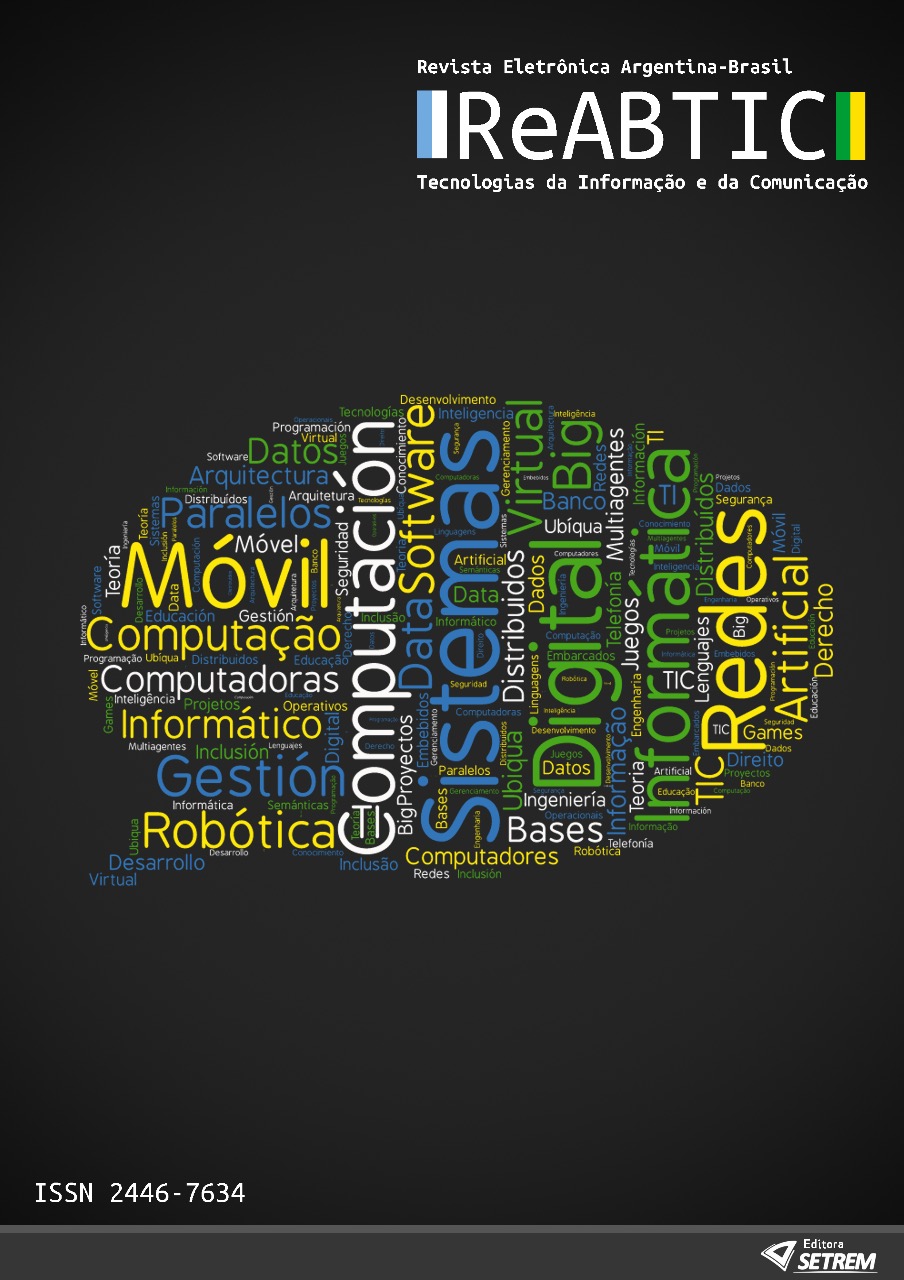A A systematic review for modeling genetic regulatory networks using multi-agent systems
Main Article Content
Abstract
Today, the area of Biological Systems, working to develop tools that help in the acquisition of new knowledge about the molecular interactions. According to the studies, the high complexity of organisms is closely linked to the organization of its components in a network. Because of this complexity, the investor has invested in the study of biological networks. Genetic Regulatory Networks (GRNs) represent a map of the interactions that exist between the molecules of an organism. A model of differential equation to the circadian cycle model of the Arabidopsis thaliana plant was proposed. This is generally the case with a large number of equations and parameters, there are no comments on the specific connection mechanisms in the system. Thus, to predict values that are difficult to analyze in nature, use in this work, multiagent systems (MAS - Multiagent Systems). These are very flexible tools that allow a representation of each individual present in a system, facilitating, as well as an evaluation of new hypotheses in the model. For this model a systematic review is being done that is in the evaluation phase of the diagonal research and partial results that highlight the first 20 for which the phase of a total of 393 initials, reduced to 67 in the evaluation phase by titles. Subsequently, a complementary systematic review was carried out to cover more recently published works including the period 2018 to 2021. With a systematic statement we will have a theoretical reference of systemic course, providing more precision for the development of a multiagent simulation environment for the regulatory pathways.
Article Details
Issue
Section
Artigos
REABTIC reserves the right to make orthographic and grammatical changes to the original manuscripts in order to follow the culture standard of the language.
The published works become the property of REABTIC and it should be cited after the publication by using the respective source.
The opinions in the articles are the sole responsibility of the authors.
